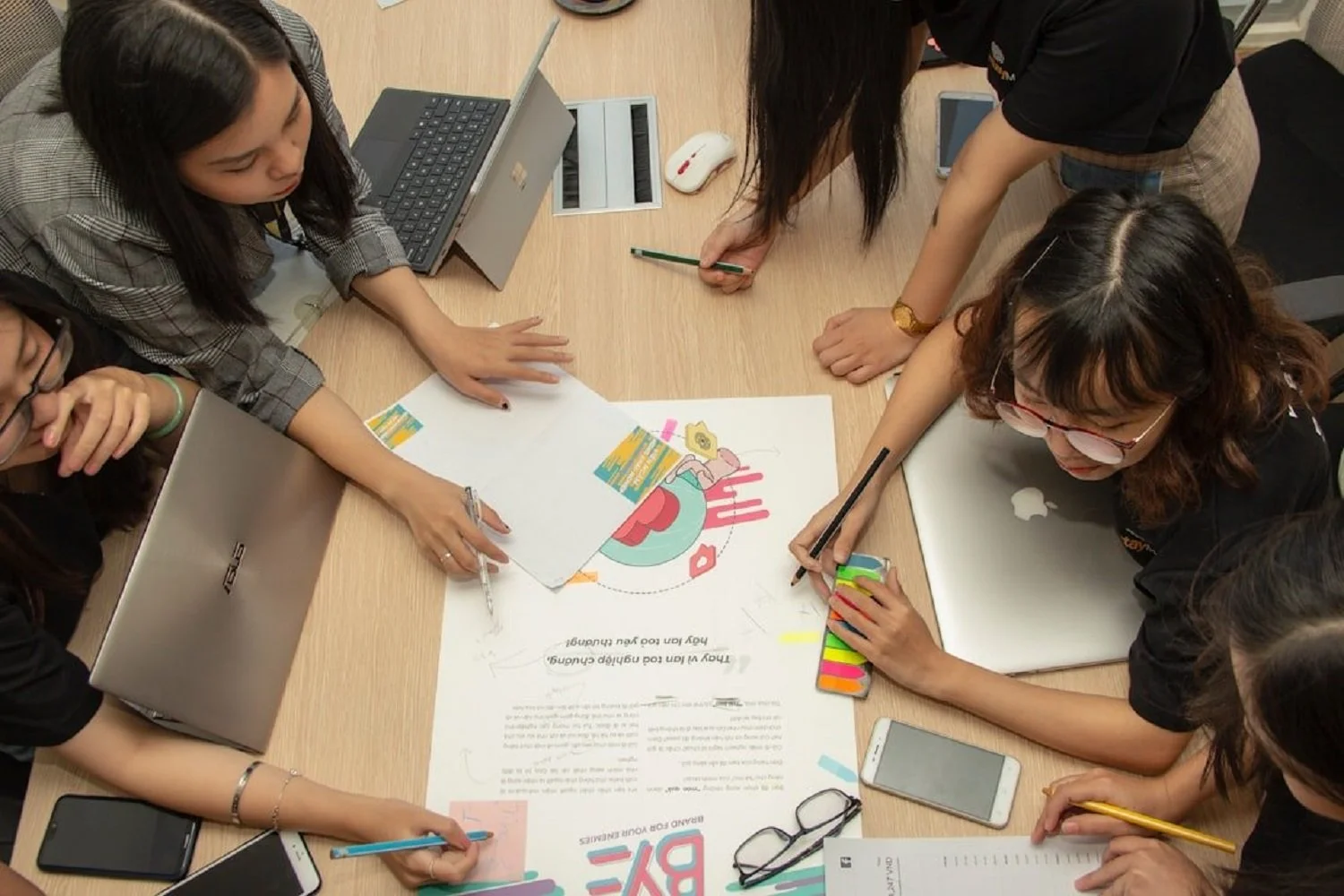Blended Learning in Higher Education: How Mobile Simulations Are Transforming the Classroom
Blended learning in higher education is a great options for students and professor.
Image by@vantaymediaget to UNSPLASH.
Higher education is at a crossroads. As colleges adjust to the needs of a digital-first society, the blended learning model—combining online and in-person instruction—has emerged as a potent foundation for offering flexible, inclusive, and successful education.
Blended Learning Matters in Higher Education
Blended learning is more than just adding digital tools to traditional courses. The Center for Teaching and Learning at Columbia University emphasizes that it involves rethinking courses to maximize the benefits of both online and in-person learning modes. This approach offers:
Flexibility for students balancing studies, work, and life.
Opportunities for active, hands-on learning.
Inclusive environments that reach diverse learners.
Models like the Flipped Classroom and the Flex Model allow students to engage with lectures and materials online, then apply knowledge through in-person discussions, labs, or projects. This is especially crucial in higher education, where critical thinking and real-world application are essential.
The Rise of Mobile Simulations in University Classrooms
Mobile simulations are interactive teaching tools designed specifically for smartphones and tablets. They empower students to carry the learning experience in their pockets—learning anywhere, anytime, and often in teams. For professors, these tools offer a way to bridge theory and practice without the logistical constraints of traditional labs.
Recent research confirms the value of integrating mobile simulations with hands-on learning. Students report high acceptance and engagement, citing the ease of use and usefulness of these tools in courses ranging from electronics to business management. Professors note that simulations foster instructional innovation, though they also caution against over-reliance on technology at the expense of foundational skills.
For the study, Students and Teachers Perspectives on Integrating Mobile Simulation-Based with Hands-On Learning: Foundations for Enhanced Instructional Design in Basic Electronics written by Mafet O Capao and other authors, one of the teachers observed,
“...Using simulations before hands-on activities gives students a chance to test their understanding. It creates a smoother transition to real-life application.” This reflects the belief that simulations can act as cognitive primers, improving students' readiness for real-world application and reducing trial-and-error during lab activities.” (Capao et al., 2025)
Medica Scientific by Processim Labs: A Case Study in Hybrid Learning
One standout example in higher education is Medica Scientific by Processim Labs. This operations management simulation places students in charge of a virtual medical device manufacturing company, challenging them to make real-time decisions about production, inventory, and workforce management. The simulation mimics the demands and unpredictability of actual business environments.
Key features of Medica Scientific:
Two independent production lines.
Real-world business scenarios that demand critical thinking
Team-based learning is ideal for university classrooms.
Universities such as MIT have chosen Medica Scientific for their global competitions, highlighting its credibility and effectiveness in higher education settings.
Engaging Professors and Students: Best Practices for Implementation
To maximize the impact of mobile simulations in blended learning environments, consider the following strategies:
Align simulations with course objectives: Ensure that each simulation directly supports learning outcomes.
Facilitate team-based challenges: Encourage collaboration and peer learning, mirroring real-world professional environments.
Balance technology with hands-on activities: Use simulations to prepare students for in-person labs or projects, not replace them.
Gather feedback: Regularly survey students and faculty to refine the integration of simulations.
Curious about innovative tools for education? Find out more at processimlabs.com!


